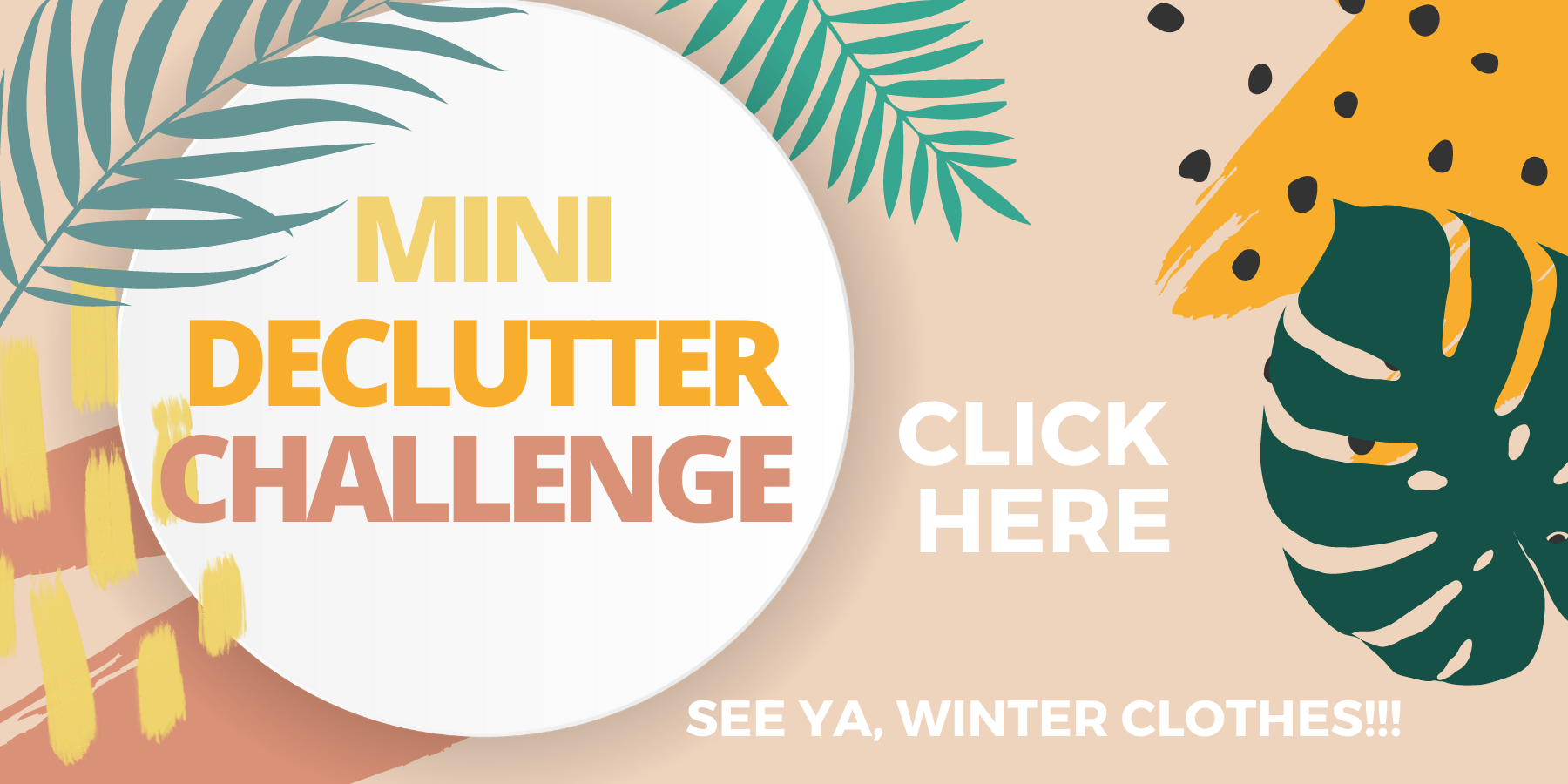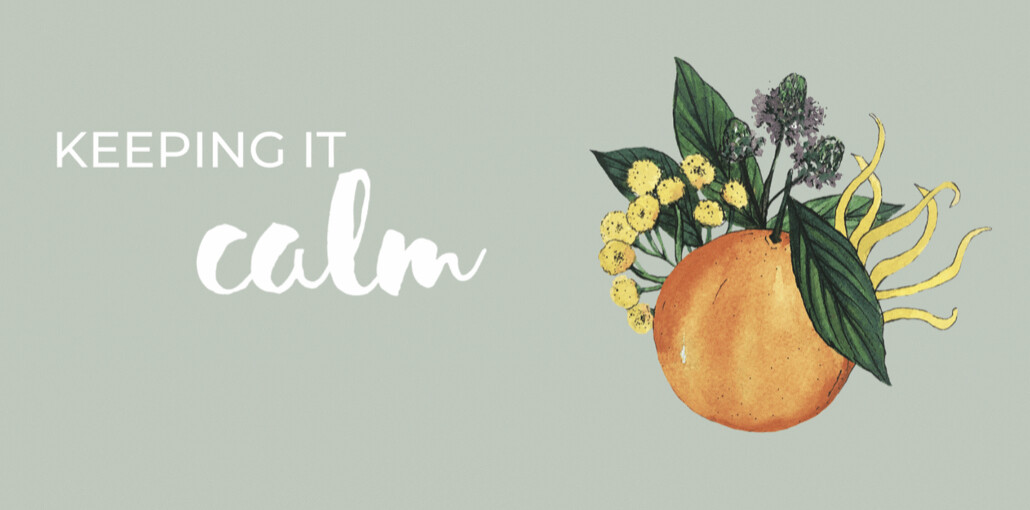
The sun is our friend - we need it. Twenty minutes per day with no sun protection is how we get our vitamin D and happiness. You want to protect your skin from burning with non-toxic sunscreens. So what should you use? Mineral Sunscreens are the way to go!
Chemical Sunscreens absorb into the skin, Mineral Sunscreens with non-nano ingredients, such as Zinc Oxide, are barrier sunscreens. Basically, they sit on the skin. Here are a few ingredients you want to avoid: oxybenzone, avobenzone, octisalate, octocrylene, homosalate and octinoxate.

SPF---Sun Protection Factor
Let’s first talk through what SPF even is. SPF stands for sun protection factor. It is a measure of how well an agent blocks UVB rays (the kind that causes skin cancer). When not wearing sunscreen, your skin will naturally change color and incur a certain amount of damage in one hour. If you are wearing an SPF of 2 you will incur that same amount of damage in 2 hours that you would have incurred in one hour without any SPF. An SPF of 10 will get you 10 hours, SPF 30 will get you 30 hours, etc.
Here’s the thing, SPF is not linear (i.e. you don’t get 10 times more protection going from SPF 1 to 10 or 10 to 100). When you apply SPF 10, you are blocking approximately 90% of UVB rays. SPF 15, approximately 93%; SPF 30, approximately 97%; and SPF 50, 98%. So applying an SPF of 30 only gives you 7% more protection than SPF 10.
Also worth considering: if you do not plan on spending more than 10 hours in the sun, you may not need the 30 hours of protection that an SPF 30 may offer. In fact, when is the last time you saw 30 hours of daylight?
The bottom line, lower SPFs, applied more often, may offer similar sun protection as higher SPFs. We don't think we can beg you any stronger to look at the ingredients on your sunscreens! Just because they are mineral-based does not mean you should use them!!
There are many sunscreens that are non-toxic, but our fav by far is the Mineral Sunscreen by YL. It comes in SPF 10 or 50. The ingredients are clean and it works!

Bug Spray
Don’t let bug bites ruin your family’s outdoor fun this summer! But, just say NO to DEET! Here are some lovely side effects of DEET in children reported by the CDC:
Children with DEET toxicity reported lethargy, headaches, tremors, involuntary movements, seizures, and convulsions, though the amount that led to this toxicity was unreported.
Young Living's insect repellent is our favorite way to keep mosquitos, ticks, and fleas away. It’s proven to repel them with 99 percent active ingredients, plus 1 percent vitamin E to moisturize and condition the skin. And the best part, it rubs easily into the skin without feeling greasy or sticky and you don’t feel like you need a shower after heading outdoors. It may seem pricey at first but one bottle has lasted our family for a couple of years.

In case you forget to use your insect repellent before heading outdoors, this roller comes in handy to bring relief and support healthy skin.
KID DILUTION (AGES 3-8)
8 drops Lavender essential oil
8 drops Purification® essential oil
5 drops Tea Tree (Melaleuca
Alternifolia) essential oil
Organic fractionated coconut oil or carrier oil of your choice
ADULT DILUTION
15 drops Lavender essential oil
15 drops Purification® essential oil
8 drops Tea Tree (Melaleuca
Alternifolia) essential oil
Organic fractionated coconut oil or carrier oil of your choice
Drop essential oils into a 10ml roller bottle. Fill the remainder of the bottle with fractionated coconut oil.
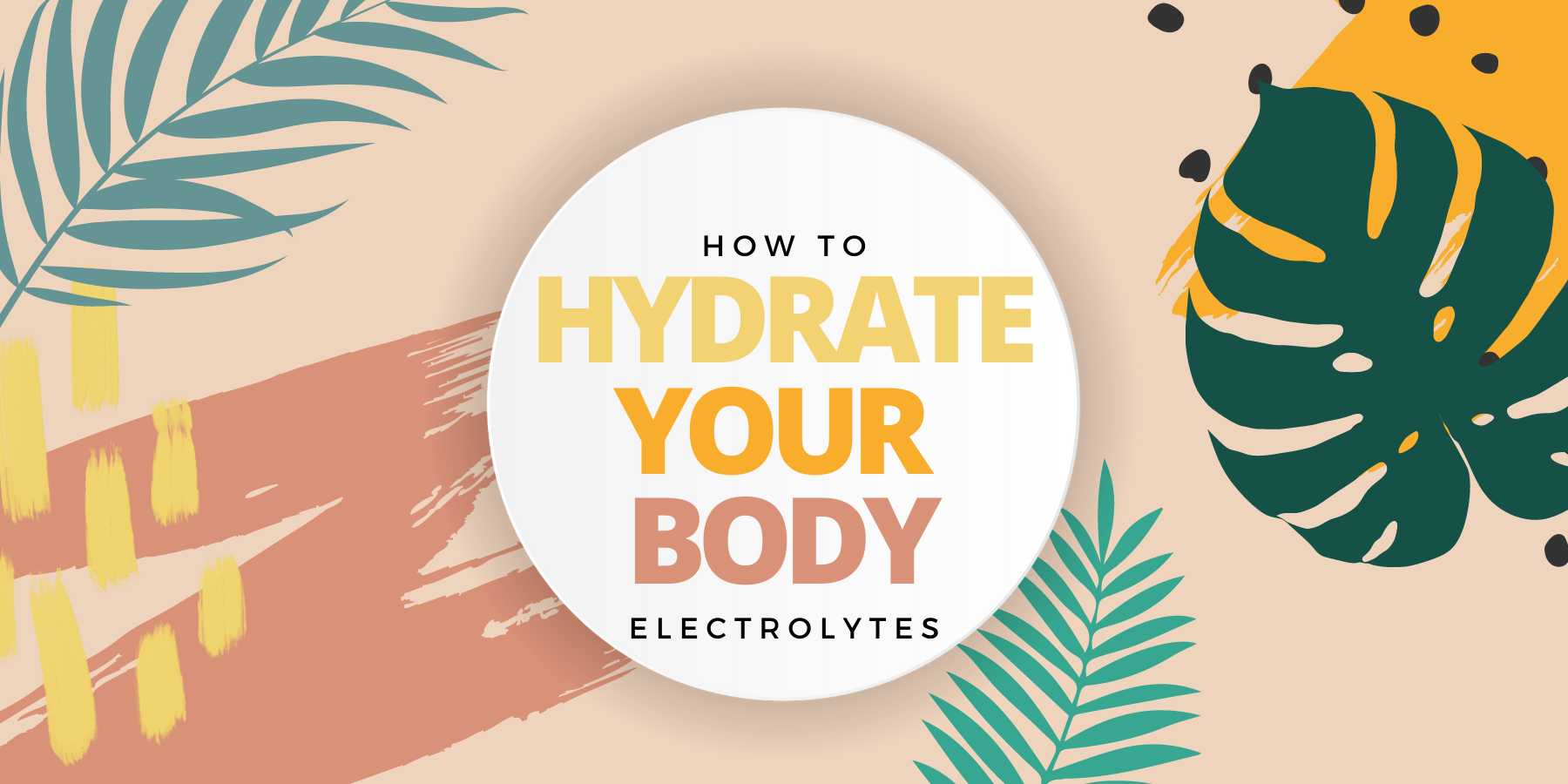
Sweet Summertime. The sun. oh how we have missed you. Pool or lake days, BBQs, getting outside! Summer is the season of being outdoors. It’s also the season of forgetting to hydrate, sunburns, and bugs. BUGS! In today’s post and next week's, we will dive into each of these further.

Hydration is key to many functions in the human body, and in the summer heat, it can be challenging to maintain hydration. One of the most significant roles that water plays in the body is regulating internal temperature. The body’s ability to stay cool in hot weather depends on proper hydration. But hydration isn’t maintained by water consumption alone. Yikes! Water is vital, but electrolytes are also required for hydration. The body cannot fully absorb the water you drink without electrolytes. In addition, electrolytes are necessary for nutrient absorption. You must have sufficient electrolytes to absorb the vitamins and minerals from the food you eat. So it’s a big deal!

Electrolytes help regulate nerve and muscle function, hydrate the body, balance blood acidity and pressure, and help rebuild damaged tissue. So what is the easiest way to introduce electrolytes to your body? Sea salt. Seriously! Sprinkle some pure non-iodized sea salt into your water. You will barely notice it is there.
Along with skipping iodized salt, skip the pink Himalayan salt. Another way I like to get my electrolytes in is by using the YL Vitality Drops. They are packed with electrolytes (sourced from the Great Salt Lake, which has over 70 naturally occurring ionic trace minerals!!) which are so needed for our bodies to function correctly.
Your body will thank you if you start adding sea salt (we love Redmond) or YL’s Vitality Drops to your water!

As far as we're concerned, it’s never too early to start thinking (and dreaming) about summer…. So, this month we are going to talk all about preparing for the summer months!
Up first, let’s talk about skin. Summer skin is much different than winter skin and the skin on our face is much different than the skin on our feet. One of the best ways to get all skin in summer shape is to exfoliate!

Exfoliation for skin is the holy grail of skincare.
However, too much of it is also bad. When exfoliation is done right, it makes the skin much smoother, cleaner, better, and younger. But if you use an exfoliator that’s a bit rough on the skin, or apply it too much or too often, or, even if you combine two or more exfoliating agents, then it’s very likely that is going to over-exfoliate your skin which can damage your skin’s lipid barrier. When this happens, our skin becomes rosy, puffy, or a bit swollen and can be easily inflamed. This inflammation can then escalate into an acne breakout. Using too much exfoliant also removes too much of the surface layer of the skin, taking away with it all the trapped moisture and your skin can become visibly dry and dehydrated.
The best way to exfoliate your face is to make small, circular motions using your fingers to apply a scrub according to your skin type. Our absolute favorite scrub is the Satin Mint Facial Scrub! If you are using a brush, make short, light strokes. Exfoliate for about 30 seconds and then rinse your face with lukewarm water. Keep in mind that the water should not be too hot.
When exfoliating other parts of your body like elbows, knees, and feet it may take a more heavy-duty scrub but it’s still important to not get carried away and scrub your skin too vigorously either while you’re washing or as you dry off. When you’re exfoliating, let the product do its job, and don’t feel the need to take off a layer of healthy skin cells by pressing too hard. And after you’re done with your shower or bath, be sure to pat dry rather than rubbing the towel back and forth across your body with all your strength. Over-scrubbing can cause dry skin to peel off before it’s ready to be removed. The scrubbing should be done gently in the shower, and when it’s time to dry, show your skin a little tenderness.
Check out our favorite DIY body scrub here:
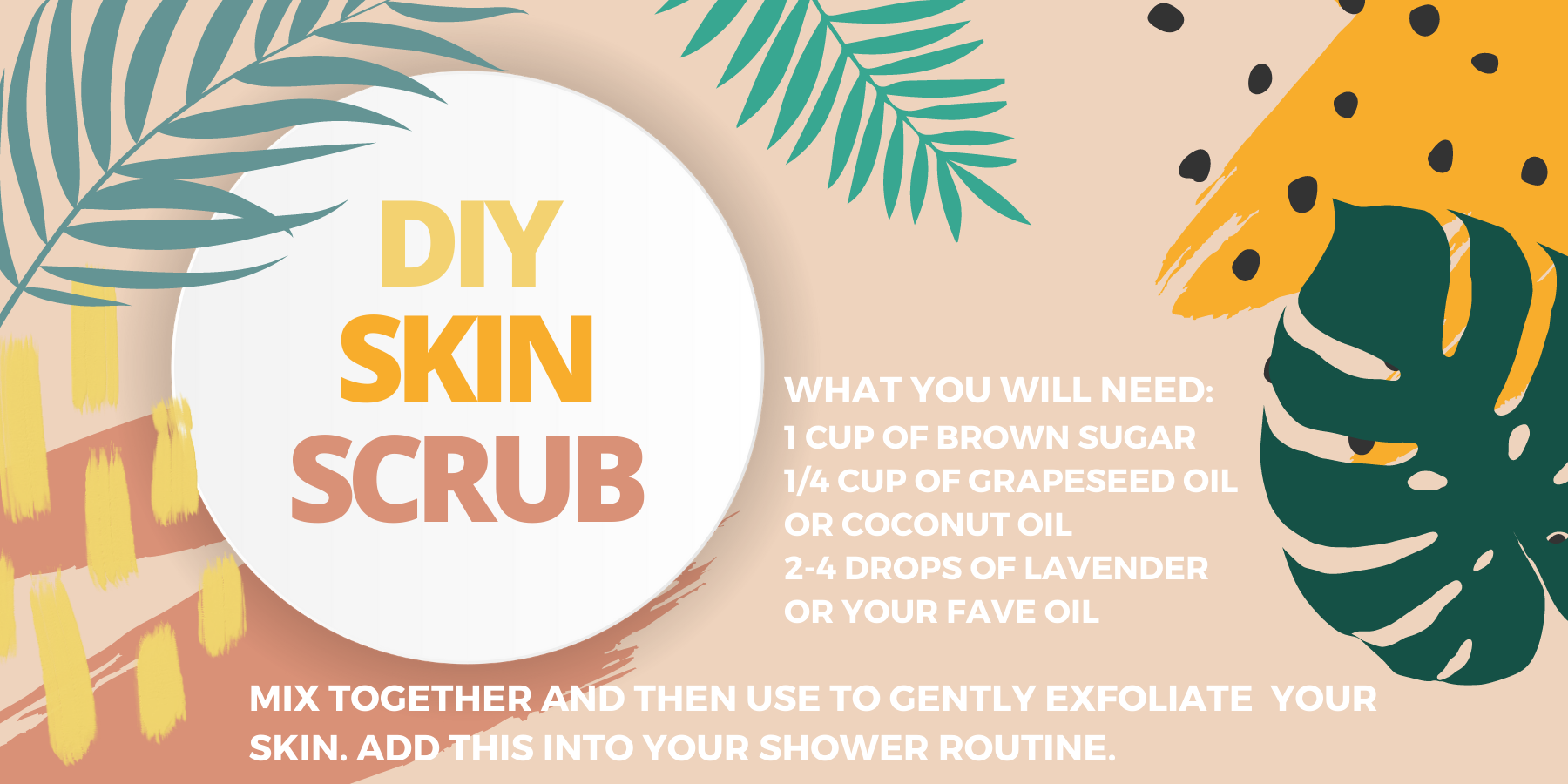
Need to grab the oils above? Click Here to shop with us! Once you have that skin beautifully exfoliated, don't forget to moisturize!
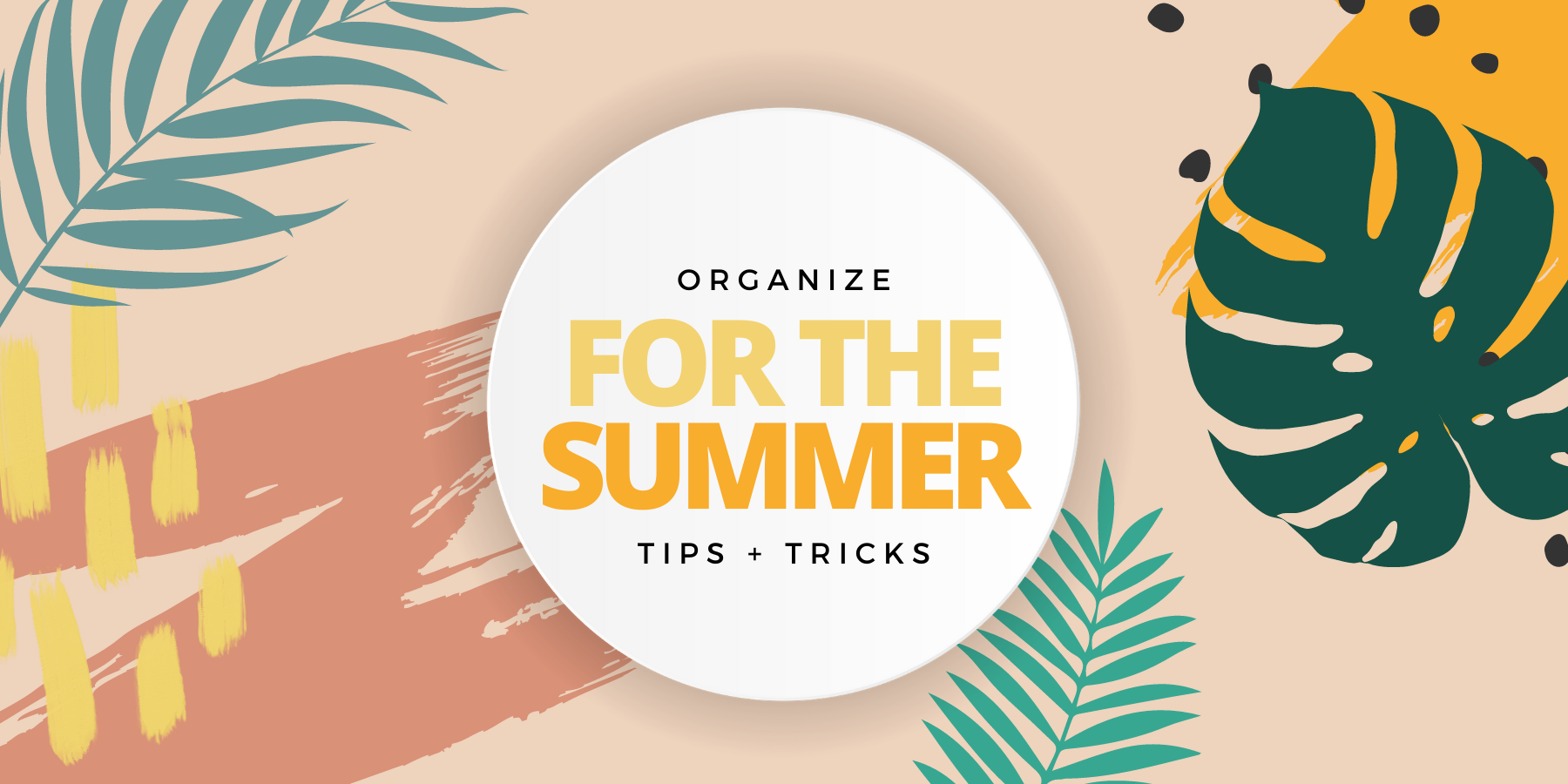
We know organizing a home is typically a big topic for springtime, but if you didn't quite get your house in order, there’s no better time than now! Getting organized will leave so much more time for fun and family when the weather is nice!
To keep things simple and manageable, let’s tackle one thing at a time. We don’t know about you, but clothing clutter is killing our houses right now. We still have winter clothing and outdoor gear all over, and now we’re starting to think about tank tops and shorts.
It’s time to tackle this clothing clutter in a manageable way. Take today and organize the winter gear. Do you need all the heavy coats, gloves, and snow boots within arm's reach? If you do, by all means, keep them out but if you don’t, gather them up and put them somewhere until next season. We keep ours in a basement closet where it’s still easy to grab them if we need them, but they are out of the way. It cuts down on the clutter so much!
Would you like to take three more days and organize your home a little more? Great! Click the image below and join us for three more days of organizing! We will tackle dressers and clothing closets and have the best tip for quick and easy decluttering.
So grab some trash bags, and let’s go!!!


